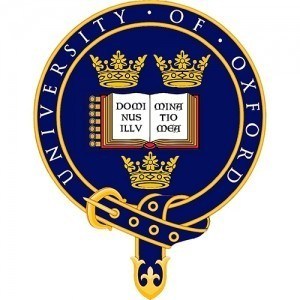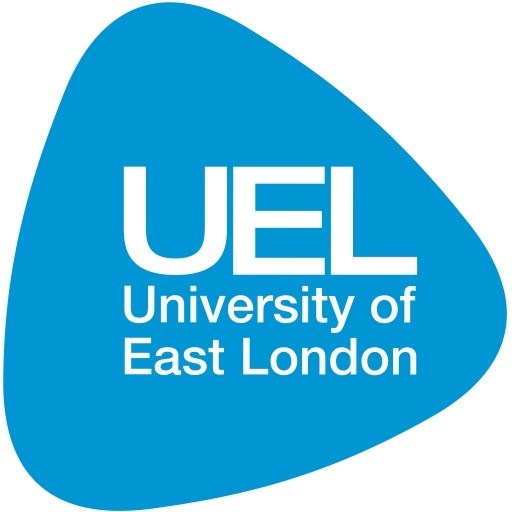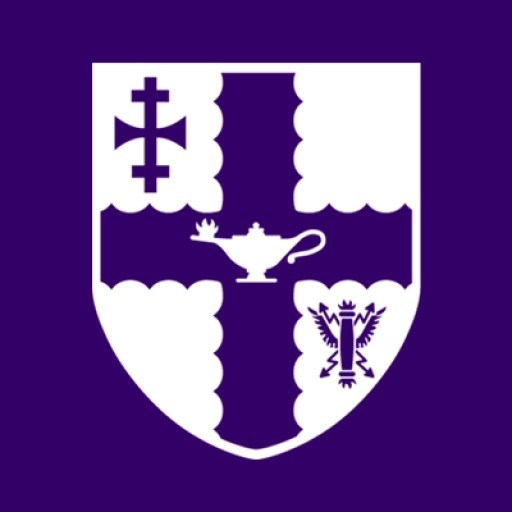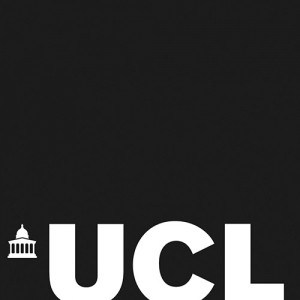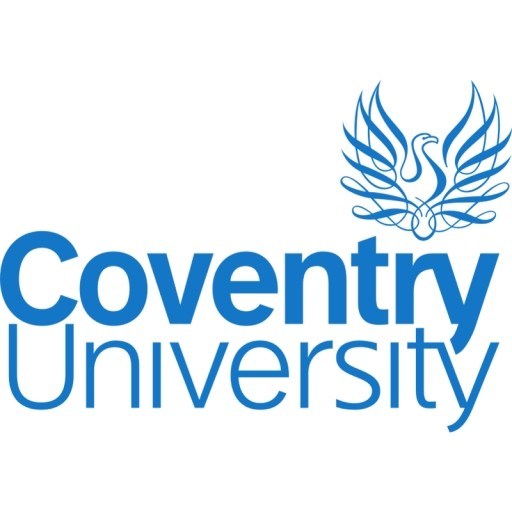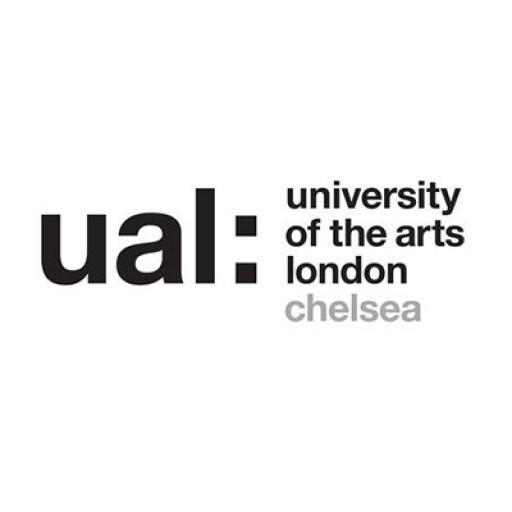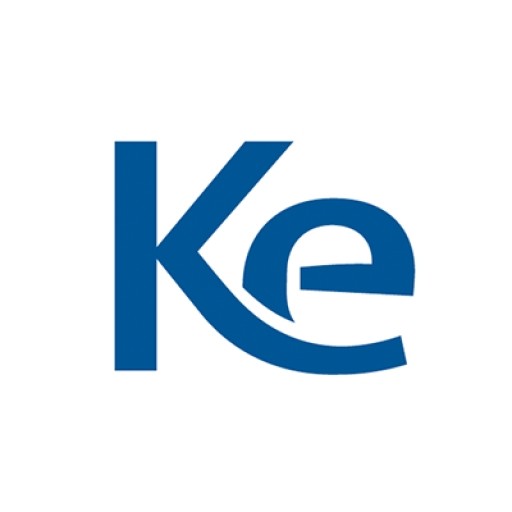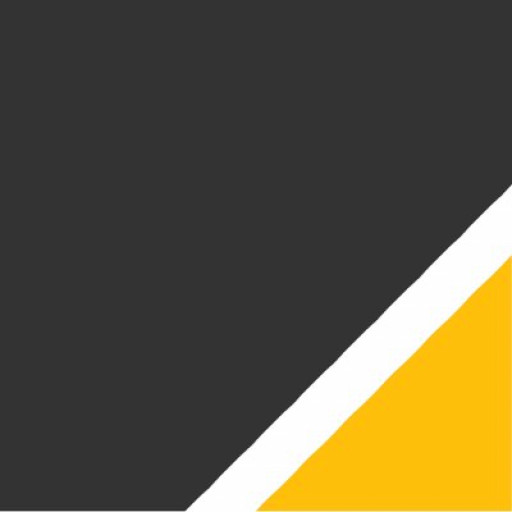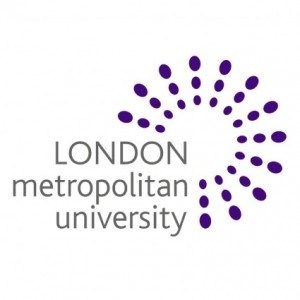Photos of university / #oxford_uni
The Master of Fine Art (MFA) in Fine Art at the University of Oxford offers a rigorous and immersive postgraduate experience designed to foster artistic development, critical thinking, and professional practice. This program provides students with access to world-class facilities, including dedicated studios, workshops, and gallery spaces, enabling them to experiment, refine, and showcase their work in a vibrant academic environment. Students benefit from close mentorship and personalized guidance provided by leading artists and academics, encouraging innovative approaches across a diverse range of media, including painting, sculpture, installation, printmaking, and new media art. The curriculum emphasizes both individual artistic inquiry and engagement with contemporary debates within the art world, encouraging students to develop a distinct artistic voice while understanding the broader cultural, social, and political contexts of their practice. Through a combination of studio practice, theoretical study, and critical reflection, participants critically analyze their work and its place within contemporary art discourse. The program also offers opportunities for public exhibitions, artist-led workshops, and collaborative projects, providing practical experience relevant to a professional art career. With access to Oxford’s extensive resources, including libraries, research centers, and a dynamic arts community, students are supported in expanding their creative horizons. The MFA in Fine Art at Oxford is ideal for emerging artists seeking to push their practice to new levels, students interested in academic careers, or those aiming to cultivate a deeper understanding of the role of contemporary art in society. Graduates leave equipped with advanced artistic skills, a strong portfolio, and a critical awareness that prepares them for successful careers in the arts industry, academia, or independent practice.
|
1st year |
|
|
Courses Students develop their studio work in discussion with the school’s lecturers, tutors and visiting staff. They are allocated a tutor at the outset, who monitors progress, sets targets and directs them in their studies. Work is regularly presented and discussed at group crits involving staff and students from across the school. Alongside this, workshops and projects designed to introduce a range of techniques and approaches are offered throughout the year. In addition, students attend taught practical classes in drawing and human anatomy as well as lectures, seminars and tutorials in art history. Experimentation is highly encouraged. |
Assessment Practical studio-based work, human anatomy |
| 2nd and 3rd years | |
|
Courses Years two and three are similar in structure and continue the tutorial system introduced in the first year. All students are required to continue the study of art history and theory and to submit three essays during the course of the second year. In the first term of the third year they agree an extended essay title with their tutor. This essay is submitted at the end of the second term of the third year as part of the Final Examination. Students are expected to establish a strong bond between the interests of the essay and their studio studies. |
Assessment (2nd year) Satisfactory record in all areas of the course Assessment (3rd year) A final exhibition and a supporting portfolio of work made during the second and third years |
- Attestat o Srednam Obrazovanii (Certificate of Secondary Education) would not be sufficient for candidates to make a competitive application. If your qualification is listed as being insufficient to make a competitive application to Oxford, then you will need to undertake further study if you wish to apply.You could take British A-levels (the British Council may know where you can take A-levels in your country), the International Baccalaureate (IB), or any other qualifications listed as acceptable on this page. The first year of a bachelor's degree from another university could also be an acceptable alternative.
- IELTS: overall score of 7.0 (with at least 7.0 in each of the four components)
- TOEFL (paper-based): overall score of 600 with a Test of Written English score of 5.5
- TOEFL (internet-based): overall score of 110 with component scores of at least: Listening 22, Reading 24, Speaking 25, and Writing 24.
- Cambridge English: Advanced, also known as the Certificate of Advanced English (CAE): grade A if taken before January 2015, or a score of at least 185.
- Cambridge English: Proficiency, also known as the Certificate of Proficiency in English (CPE): grade B if taken before January 2015, or a score of at least 185.
- English Language GCSE, or O-level: grade B (for IGCSE, please see below)
- International Baccalaureate Standard Level (SL): score of 5 in English (as Language A or B)
- European Baccalaureate: score of 70% in English.
Portfolio
Portfolios must be submitted to the Ruskin School of Art by 6pm on Friday 3 November 2017. There is no prescription for editing a portfolio, but candidates should aim for any range of work which gives a sense of their interests and appetites. Portfolios may contain original works, photographs, slides or digital images of paintings and sculptures, personal notebooks, short videotapes or CDs, drawings, soundworks etc. We value signs of the ability to engage in critical and inventive discussion, but above all we are looking for a strong visual curiosity.
Please note that the University may use the work which you submit to the extent necessary for the conduct of the admission process. The University is not in a position to verify the contents of portfolios, or to make any special arrangements for care, custody or return. The University cannot therefore accept responsibility for any loss or damage. Read more about the submitting a portfolio.
Interview and practical test
All candidates, including overseas candidates, who are shortlisted for this course are encouraged to come to Oxford for interview in December. The interview will include a practical test, where candidates are asked to complete two pieces in a variety of media from a number of possible subjects. Candidates themselves do not need to make any special arrangements for the test, as this will be organised for them by the Ruskin.
Hill Foundation Scholarship
Russian nationals wishing to study for a second undergraduate degree.
Palgrave Brown Scholarship
Students must be ordinarily resident in and/or educated in the following countries:
Albania; Armenia; Azerbaijan; Belarus; Bosnia and Herzegovina; Bulgaria; Croatia; Czech Republic; Estonia; Georgia; Hungary; Kazakhstan; Kyrgyz Rep.; Latvia; Lithuania; Macedonia; Moldova; Montenegro; Poland; Romania; Russia; Serbia; Slovakia; Slovenia; Tajikistan; Turkmenistan; Ukraine; Uzbekistan.
The University of Oxford offers a distinctive program in Fine Art through its Ruskin School of Art, which is an integral part of the Department of Fine Art. This programme is designed to provide students with a comprehensive education in visual arts, emphasizing both traditional techniques and contemporary practices. The course encourages students to develop their individual artistic practice while engaging critically with a broad range of artistic influences, theories, and historical contexts. Students benefit from access to exceptional facilities, including dedicated studios, workshops, and an extensive collection of artworks and resources. The university’s rich academic environment fosters an interdisciplinary approach, allowing students to explore connections between art, history, philosophy, and other humanities.
The programme typically spans three years for an undergraduate degree and offers postgraduate options that enable deeper specialization. Undergraduate students start with foundational modules that cover drawing, painting, sculpture, and mixed media, gradually progressing to more advanced projects and research in their final years. Postgraduate courses are tailored towards artists seeking to refine their professional practices, develop a compelling portfolio, and engage with critical discourses in contemporary art. Throughout their studies, students have opportunities to exhibit their work in university galleries, participate in curated shows, and engage with visiting artists and critics. The curriculum is complemented by seminars, lectures, and tutorials led by leading practitioners and scholars in the field.
The university’s location in Oxford provides students with a vibrant cultural environment and access to numerous museums, galleries, and arts organizations. These resources support the academic and creative development of students and connect them with broader artistic communities. The programme aims to prepare graduates for professional careers in the arts, whether as practicing artists, curators, educators, or arts administrators. Ultimately, the Fine Art programme at Oxford seeks to nurture innovative, critical, and reflective artists capable of contributing meaningfully to contemporary visual culture.
